ALP 0.2%
Incumbent MP
Peter Watson, since 2001.
Geography
The seat of Albany matches the boundaries of the City of Albany – a large regional council area in southern Western Australia. Most of the population is in the Albany urban area.
Redistribution
No change.
History
Albany has existed as an electoral district continuously since 1890.
The seat was held by the ALP from 1924 until 1936, then by the Country Party from 1936 until 1956. The ALP’s Jack Hall and Wyndham Cook held the seat from 1956 until 1974 in succession.
Leo Watt won the seat for the Liberal Party in 1974. He held the seat for two decades, retiring in 1993.
The Liberal Party’s Kevin Prince saw off a fierce challenge from the National Party in 1993, and was re-elected in 1996.
In 2001, Prince was defeated by the ALP’s Peter Watson. Watson was re-elected in 2005 and 2008.
Candidates
Sitting Labor MP Peter Watson is running for re-election. The Liberal Party is running Trevor Cash. The Nationals are running Robert Sutton. The Greens are running Diane Evers.
- Barry Critchison (Family First)
- Hans Vermeulen (Australian Christians)
- Robert Sutton (Nationals)
- Peter Watson (Labor)
- Diane Evers (Greens)
- Trevor Cash (Liberal)
Assessment
Albany is Labor’s most marginal seat in the state, and it will be a key target for the Liberal Party as they aim to gain a majority in their own right. The Nationals are also a presence in the seat, but would need a strong result to come in the top two.
2008 result
| Candidate | Party | Votes | % | Swing |
| Peter Watson | ALP | 7,709 | 39.1 | +2.5 |
| Andrew Partington | LIB | 6,486 | 32.9 | -2.7 |
| Sam Harma | NAT | 2,628 | 13.3 | +5.2 |
| Diane Evers | GRN | 1,492 | 7.6 | +1.7 |
| Justin Moseley | CDP | 950 | 4.8 | +0.8 |
| Colin Pyle | FF | 431 | 2.2 | -0.7 |
2008 two-candidate-preferred result
| Candidate | Party | Votes | % | Swing |
| Peter Watson | ALP | 9,884 | 50.2 | +2.5 |
| Andrew Partington | LIB | 9,795 | 49.8 | -2.5 |
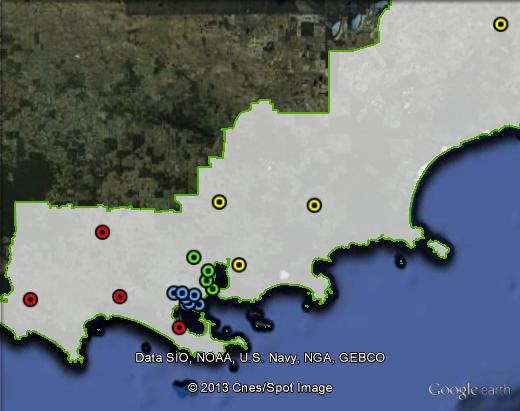
Booth breakdown
Booths have been divided into four areas. Booths in the Albany urban area have been grouped together. A cluster of booths around the King River area north of Albany have also been grouped together.
The scattered regional booths have been divided into East and West.
The ALP polled over 40% in the Albany area, which makes up a majority of the seat. The Liberal vote varied from 30.8% in Albany to 36.8% in King River.
| Voter group | ALP % | LIB % | NAT % | GRN % | Total votes | % of votes |
| Albany | 41.20 | 30.77 | 13.00 | 7.15 | 10,804 | 54.85 |
| King River | 36.90 | 36.78 | 13.38 | 6.08 | 2,534 | 12.87 |
| West | 36.20 | 31.66 | 13.46 | 12.05 | 1,917 | 9.73 |
| East | 28.98 | 34.49 | 22.68 | 7.40 | 635 | 3.22 |
| Other votes | 37.97 | 36.89 | 12.69 | 7.54 | 3,806 | 19.32 |
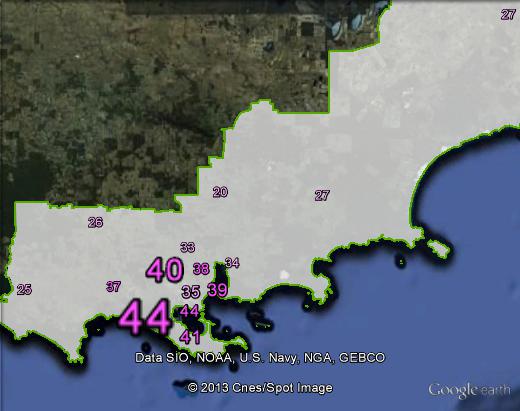
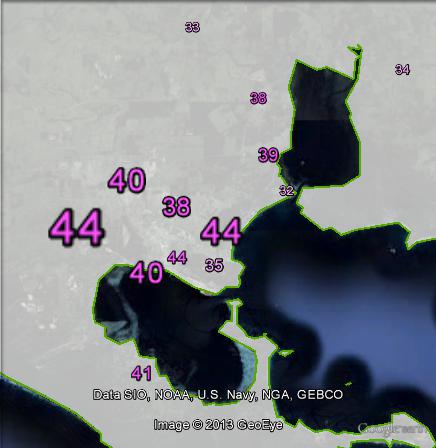
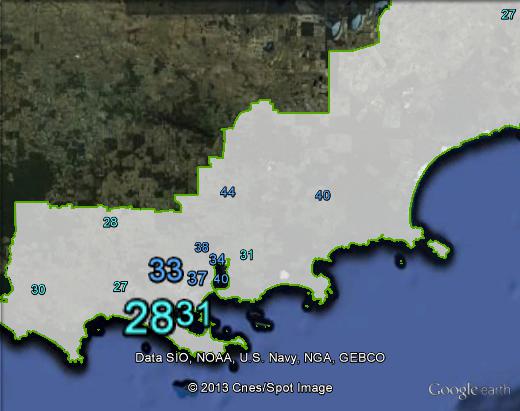
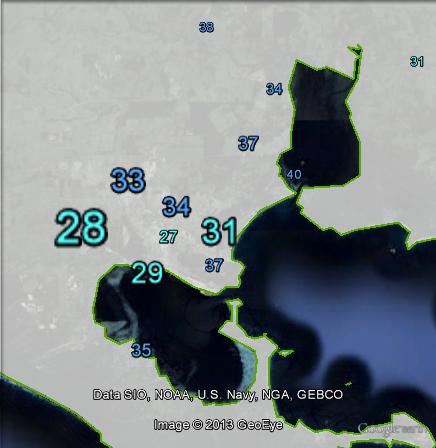
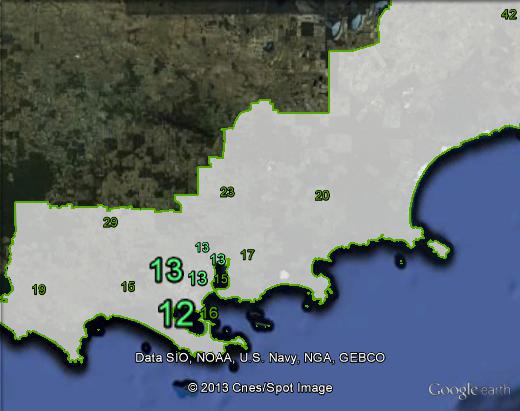
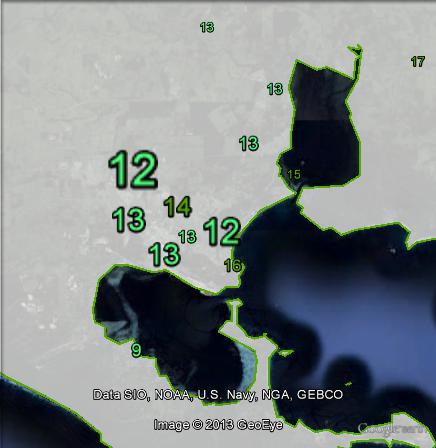


This was one of the strangest re-elections in 2008. Both Albany and Geraldton (covering regional cities of similar sizes, similar distance from Perth) expanded into farming areas due to one-vote-one-value, so had their margins pushed well over to the blue side of the board. Geraldton went with the swing and is now pretty safe Liberal, but Peter Watson got the largest swing to Labor in the state and hung on. Even though it’s very, very marginal, I’d rate Labor’s chances of hanging on here higher than Forrestfield or Balcatta.
By the way, the booth in the far west is Youngs Siding (closer to Denmark than Albany), where the Greens got 22% of the vote, ahead of the Nats. The whole Denmark area is similar, it’s a local hotspot for the Greens vote.
Bird, recall that Geoff Gallop was from Geraldton and Alan Carpenter was from Albany. So in 2008, Labor lost a leader’s hometown personal vote in Geraldton and gained one in Albany. This time they’re losing it in Albany, so I don’t expect Peter Watson to win again. Albany is not Labor territory – it split 67-33 against them at the federal election. Even my Uncle Ron couldn’t win it for them in 1980. I suspect Labor’s lack of interest in the gas pipeline project has something to do with all this.
Prediction: LIB Gain
My prediction: Liberal gain
I’m saying Labor retain. The local MP is popular within the community plus the Nationals candidate is currently embroiled in a legal action that doesn’t reflect greatly upon him.
Agree with Dylan – ALP retain.
ALP hold would be as surprising as Dems holding a seat in Utah…which they did
I predict a liberal gain. Jim Matheson was able to barley hold on in Utah with a four percent margin. Peter Watson starts off with a .2% margin. Polls currently expect a 5% swing to the liberals which would be very hard to resist.
Watson’s popularity might hold the swing down a bit, but you can’t see him holding on with a 0.2% buffer. Should be one of the first seats to go….
Watson did very well to win the seat in 2008, however I think that the Liberals will win this time. 0.2% just isn’t much to try and fend off.
If Watson holds this seat for Labor as seats on safer margins fall away, the Liberal candidate had better not run again. Even when the polls are running your way across the state/country generally, you can’t always get away with picking the drover’s dog.
Hats off to Peter Watson. Despite his unbelievable personal vote I didn’t think he would survive the swing.
Labor’s bright spot in an otherwise dismal result.